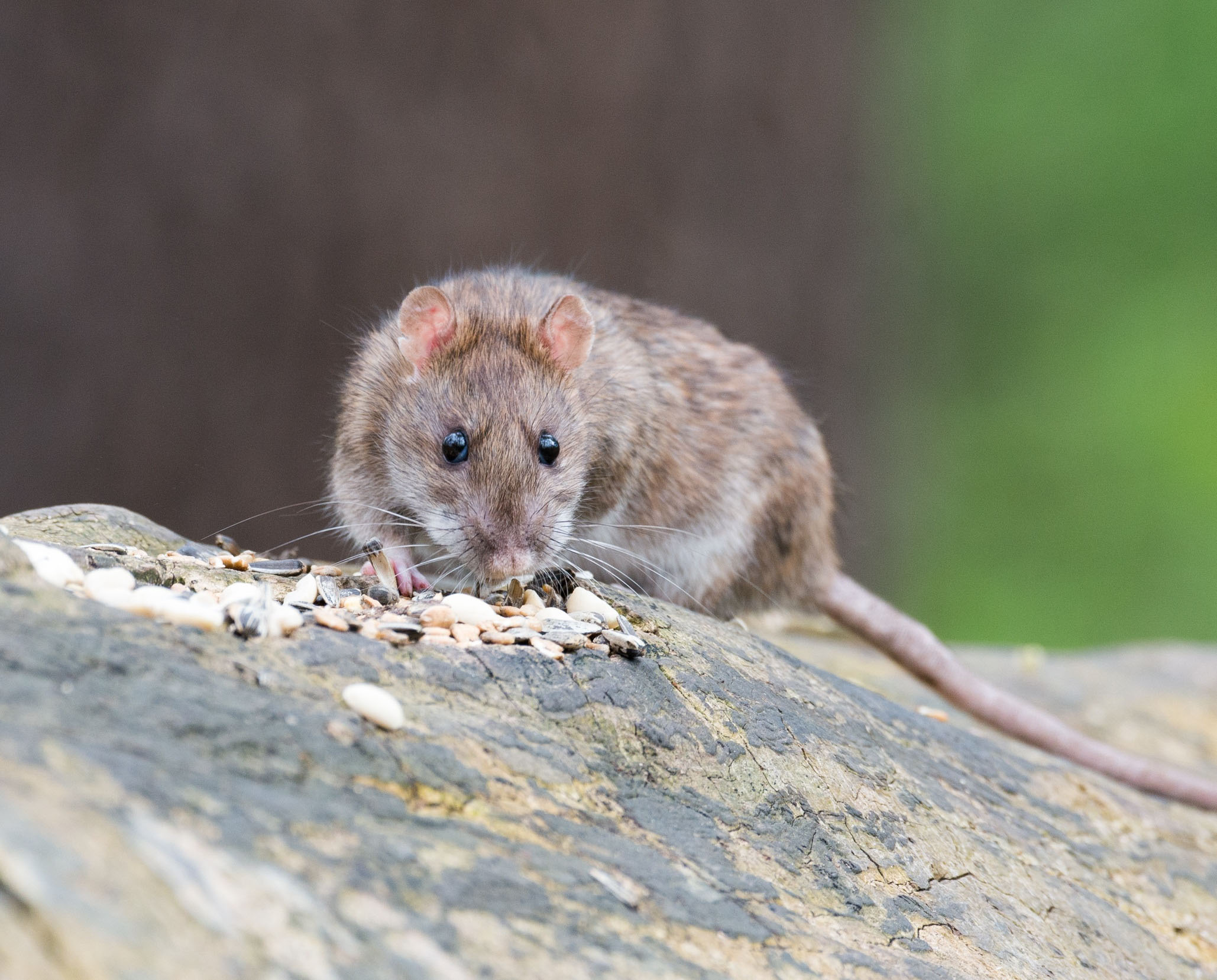Information about rat control
(Rattus norvegicus)
The wandering-rat has a body length of 25 cm, its tail is 18-21 cm long,
it weighs between 200 and 400 g
Wandering rats are large, powerfully built rats with an angular skull, blunt muzzle and a thick tail.
useful information.
Occurrence:
Biology / development:
Wandering-rats live in a hierarchically organized pack with up to 100 individuals. They orient themselves with the sense of smell and the members of a clan recognize each other by the smell. They are loyal to the location and ready to fight defend their territory against other packs. They are animals that are active at night and at twilight, and they are extremely intelligent and capable of learning, which is why combating them can sometimes be very difficult. The females have 3-7 litters with 4-8 cubs each. Wandering-rats are omnivores.
Damage patterns:
Combat:
rat- & mice control.
A selection of our products!





